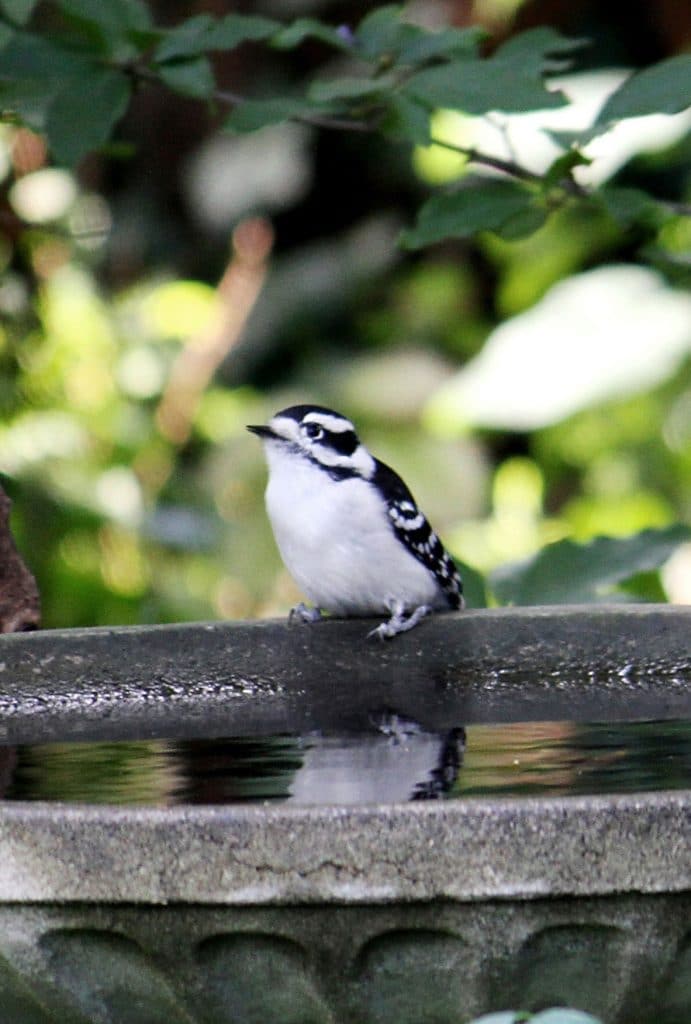
With autumn creeping in, there are changes in the garden. The foliage on lilacs and phlox has a grey cast to it, which is powdery mildew. This fungus infection is around gardens in late summer, when days are sunny and dry and the nights are cool. Fluctuating high and low humidity levels are an invitation to the powdery film, which is unsightly, but causes no lasting damage.
The roses are still blooming, but hips have formed where I’ve left spent flowers on the plants. These orange and red seed capsules are attractive and hold their colour until bitter frost turns them black. Each morning the rhododendron flower buds grow more prominent, and will be visible, but tightly closed, on the shrubs all through winter, until next spring’s warmth causes them to swell and open.
The Japanese anemones (Anemone hupehensis var. japonica cvs.) are in full swing, too, holding their pretty flowers high and bouncing around in the wind. ‘Robustissima’ began flowering in mid-August. ‘September Charm’ has been in bloom for two weeks and ‘Honorine Jobert’ opened its first flower this week. Did you see Stephen Westcott-Gratton’s article about these and other anemones in the fall issue of Garden Making? I don’t think anyone can resist these gorgeous, trouble-free plants.
The window by my computer overlooks a birdbath, and business has been brisk. In particular, a juvenile downy woodpecker takes a daily splash, while his parents watch from neighbouring shrubs. It’s a grand season.
More on Garden Making
